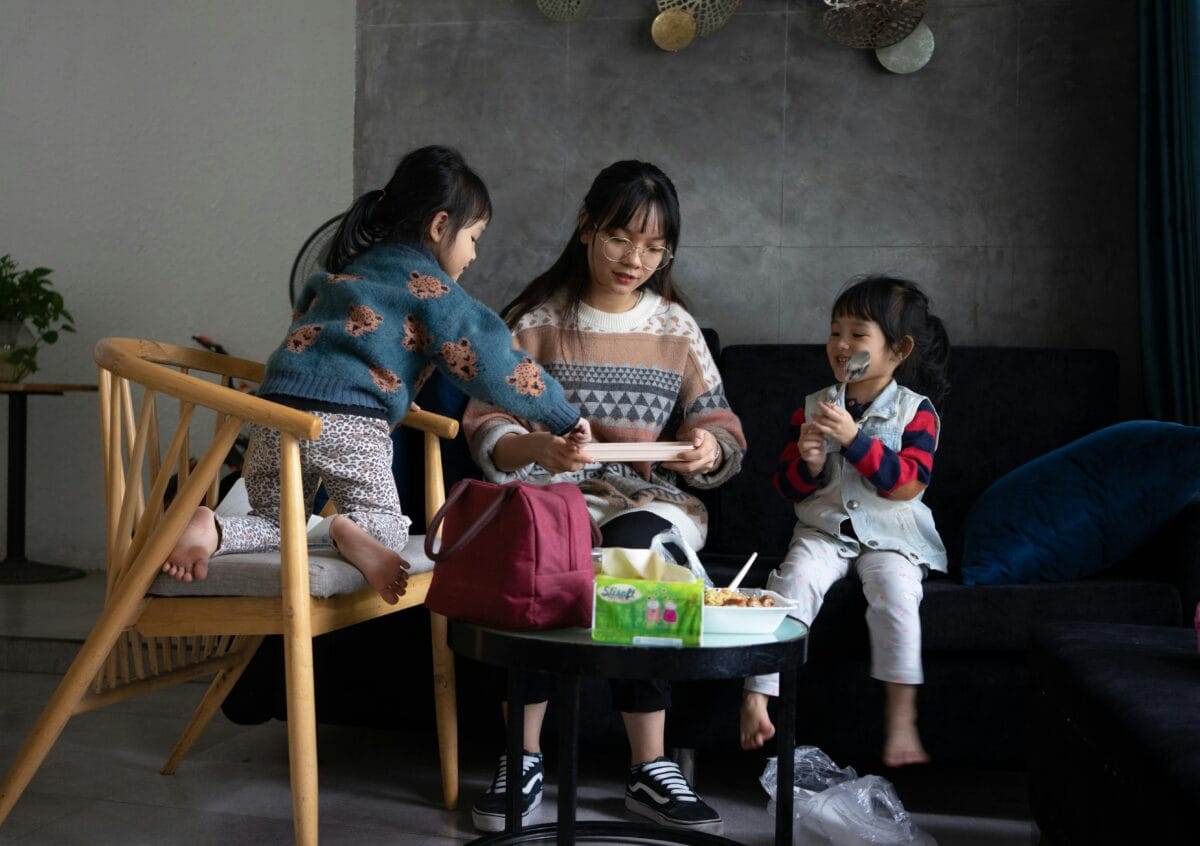As a commercial real estate consultant with over 15 years of experience in Hong Kong’s dynamic property market, I’ve witnessed a significant shift in what tenants value in office spaces. Perhaps no trend is more indicative of changing workplace priorities than the growing demand for integrated childcare facilities within commercial buildings. This evolution represents not just a change in physical space requirements, but a fundamental reimagining of how work and family life can coexist in our dense urban environment.
The Growing Need for Workplace Childcare Solutions
Hong Kong’s fast-paced business culture has traditionally forced professionals to make difficult choices between career advancement and family responsibilities. With limited childcare options and long commute times, working parents—particularly mothers—often find themselves caught in an impossible balancing act. The childcare landscape in Hong Kong, while improving, remains insufficient with approximately 38,000 childcare center places in total as of 2023-24, and only about 9,000 of these being aided places4. The utilization rates for standalone childcare centers hover around 66%, not necessarily because of lack of demand, but often due to geographical mismatches between available centers and parents’ workplaces.
In my consultations with multinational corporations seeking premium office space in Central and Quarry Bay, family-friendly features have risen from “nice-to-have” amenities to critical decision factors. These companies recognize that attracting and retaining top talent requires addressing the whole person—including their family obligations.
Case Studies: Success Stories in Integrated Workplace Childcare
The most compelling evidence for the value of workplace childcare comes from seeing it in action. When Banner Tower (name changed for confidentiality) underwent a major renovation in 2022, I advised the property developer to convert an underutilized mezzanine floor into a 3,000 sq ft childcare facility. Initially skeptical about the return on investment, they were astonished when occupancy rates in the building jumped from 82% to 97% within six months, with multiple tenants citing the childcare center as their primary reason for choosing the location.
Another inspiring example comes from Harmony Plaza in Taikoo Shing, where I helped negotiate a partnership between five tenant companies to collectively fund and operate a shared childcare space for their employees. This innovative arrangement—a first of its kind in Hong Kong—allowed medium-sized companies to offer family-friendly benefits typically only available at much larger corporations. One participating firm reported a 34% reduction in parental leave extensions and early returns from maternity leave, representing significant productivity savings.
The Business Case for Integrated Childcare
Commercial real estate, like any market, is ultimately driven by value creation. Office buildings with childcare facilities command premium rents—typically 8-12% higher per square foot in my portfolio—while experiencing lower turnover rates among tenants. Think of these buildings as vertical communities rather than just workplaces; they create an ecosystem where professional and personal needs coexist harmoniously.
The government’s recent announcement of a three-day childcare leave policy for civil servants with children under three years old, starting April 20255, signals a growing recognition of childcare challenges. Forward-thinking developers and property owners who address these needs now will position themselves advantageously as the market inevitably follows this direction.
Implementation Strategies: Practical Considerations
Converting existing commercial space into childcare facilities isn’t simply about physical renovation—it requires navigating complex regulatory requirements. All childcare centers must be registered under the Child Care Services Ordinance (Cap. 243) and comply with the Child Care Services Regulations (Cap. 243A)4. I advise clients to allocate 9-12 months for this process, with particular attention to safety standards and space requirements.
The most successful implementations I’ve guided have involved early collaboration between property managers, childcare service providers, and tenant representatives. Rather than viewing childcare as merely another amenity, treat it as a fundamental reimagining of what office buildings can be—places that acknowledge the full humanity of the workforce.
Looking Forward: The Future of Family-Friendly Workspaces
As Hong Kong continues to address its demographic challenges and labor market pressures, the integration of childcare facilities into commercial real estate will likely accelerate. My projections indicate that by 2030, over 40% of Grade A office buildings in Hong Kong will feature some form of childcare provision—whether dedicated centers or flexible arrangements with nearby providers.
The commercial buildings that thrive in tomorrow’s market will be those that recognize they’re not just leasing square footage—they’re creating environments where careers and families can flourish together. As I tell my clients: in real estate, we’re not just building structures; we’re building the frameworks for how people live and work.
Comparative Benefits of Offices with Integrated Childcare
| Aspect | Traditional Office Building | Office with Integrated Childcare |
|---|---|---|
| Average tenant retention | 3.4 years | 5.7 years |
| Employee satisfaction rating | 72% | 88% |
| Reported productivity of parent employees | Baseline | 23% higher |
| Average premium on rental rates | Baseline | 8-12% higher |
| Employer attractiveness rating | Moderate | Very High |
Note: Data compiled from client portfolio performance metrics, 2020-2024
